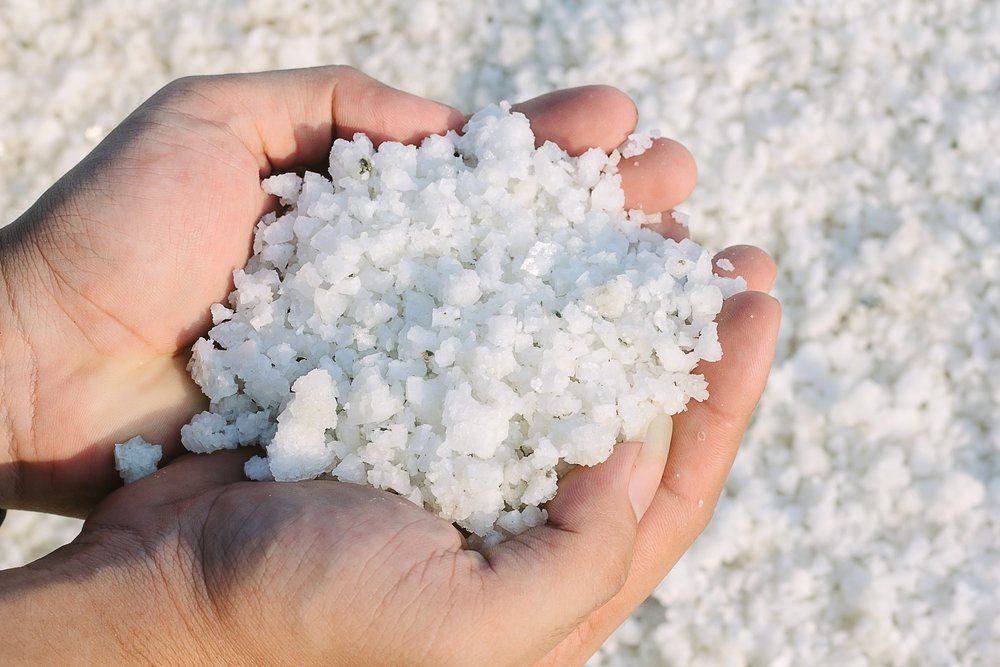







Snow and ice removal services are fickle on more than one level for landscapers. Not only do you have to try to plan correctly for what Mother Nature will bring in the winter, but you also have to make sure you have the supplies to get the job done.
Salt is a staple material when it comes to snow and ice management but in past few years, it has not always been readily available for contractors, leaving some high and dry during heavy snow seasons. As the 2018/2019 winter approaches, reports of salt shortages are circulating once more.
True shortage?
The first thing to clear up is what people mean when discussing a salt shortage. Salt is abundant in the world, but shortages occur when there isn’t enough salt harvested above ground or available for a certain market.
Sometimes shortages occur in the second half of a winter, as more snow events than expected cause an increased usage of salt, but this year’s shortage is due to the combination of several different factors.
One of the major causes of the shortage is from a 12-week strike at a salt mine in Goderich, Ontario, Canada, owned by Compass Minerals. While the strike started on April 27 of this year and union workers reached an agreement with the company on July 16, the current salt piles are reported to be 40 percent smaller than they were at this time last year, according to Adam Schlicht, director of Port Milwaukee, who told TMJ4.com.
In August, Compass Minerals notified contractors that due to the strike and contractual obligations to municipalities, there will be no salt supply available for private contractors.
Cargill, another major salt supplier, has also let private contractors know that it would not be supplying them with rock salt, as it is still replenishing its stock from the busy winter last year, and one of its mines has not been able to perform at optimum levels due to a leak.
This is causing landscapers to resort to importing salt supplies from other countries such as Egypt, Chile and Morocco. Due to transportation costs, this can cause salt prices to double or jump even higher.
This doesn’t mean that municipalities are getting off lightly, as cities and counties are reporting noticeably higher bid prices per ton of salt. In Elizabethtown , Kentucky, the lowest bid was from Compass Minerals at $110 per ton. Last year, the price was $54 per ton.
Meanwhile, Richland County officials in Ohio only received one bid for providing road salt this year. Morton Salt of Chicago bid $96.33 per ton compared to last year’s $42.10 and Cargill and Compass Minerals sent out letters saying they were not bidding this year.






